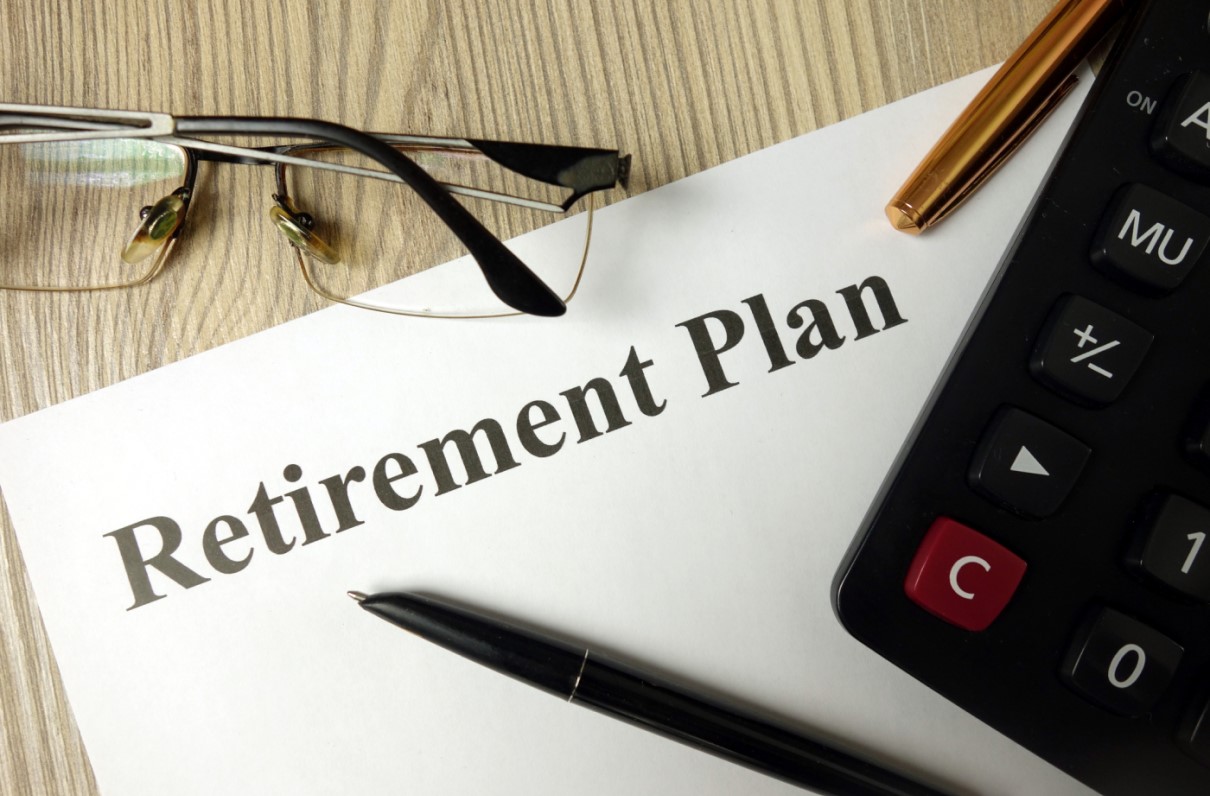Required Minimum Distributions (RMDs) pertain to retirement accounts, except for the Roth IRAs. The RMD is an obligation that starts at specific ages to withdraw a minimum amount from the accounts so you must pay taxes. You can always withdraw more if you wish. RMDs count as ordinary taxable income in the year withdrawn.
The RMD is explained in IRS Publication 590B. The tax code requires us to withdraw money each year in the form of a RMD, and the calculation for the amount required is in the 590B pub. You can learn more about this on the IRS website.
If you turned age 70½ in 2019 or earlier, you are currently taking your RMDs. People who turned 70½ in 2020 or later start RMDs at age 72. Your first RMD must be withdrawn by April 1 of the year following the year you turn age 70½ or 72. Subsequent RMDs must be withdrawn by Dec. 31 of each year.
In 2020, the COVID-19 virus and the resulting economic and stock market plunges were the catalyst behind a law to waive RMDs for 2020. RMDs return in 2021. Because RMDs were not required in 2020, this may cause some planning confusion for some people new to RMDs.
[YOUR 2020 TAXES: Understanding the SECURE Act]
As a result of COVID-19 virus relief legislation in 2020, many of you either did not take your RMD in 2020, or you took the RMD and put it back when you realized you didn’t have to take it.
Besides having to take your RMDs this year if you are of age, you might want to prepare by figuring the amount.
Last calendar year, the stock markets were up about 16%. From the bottom of the stock market dive in March 2020 to the end of the year, stock markets were up almost 60%. Depending on how you manage your portfolios, your account values at the end of 2020 could be sizable.
This matters because the RMD amount for 2021 is a proportion of your portfolio value as of Dec. 31, 2020.
[RELATED: Investments in a Pandemic]
If your 2021 RMD amount and the resulting tax bill causes you a bit of distress, consider this: You can donate some or all your RMD to a charity to reduce your tax bite. This is known as a Qualified Charitable Distribution (QCD). QCDs are covered in IRS Pub 590B also. The QCD-eligible age is 70½ or older.
A QCD can count as your RMD for the year. Because you are using your RMD to make a charitable donation, the RMD is not taxable. The fact that the RMD is not taxed on a QCD withdrawal is the tax benefit — you don’t get an additional charitable tax deduction after a QCD.
QCD rules are a bit complicated, so make sure you understand the details behind a proper transfer. Ask your tax specialist if a QCD will work for you. If this sounds like a good idea, consider MOAA’s charities for your QCD.
[RELATED: MOAA Charities 2020 Impact Report]
If you have multiple retirement accounts, be careful about how to take RMDs, as special rules apply to multiple accounts.
Account owners who fail to withdraw a RMD, or fail to withdraw the full amount of the RMD, or fail to withdraw the RMD by the deadline, owe a 50% tax on the amount not withdrawn.
Because RMD amounts count as income in the tax year, careful planning helps as income levels can impact income tax rates, Medicare Part B premiums, and the Unearned Income Medicare Contribution Surtax, which is a 3.8% Medicare tax that applies to investment income plus regular income above $200,000 for individuals and $250,000 for joint filers.
Besides IRS Pub 590B, you can find more details about RMDs on this IRS site to include the special rules that apply to the COVID-19 relief changes.
Support The MOAA Foundation
Donate to help address emerging needs among currently serving and former uniformed servicemembers, retirees, and their families.

